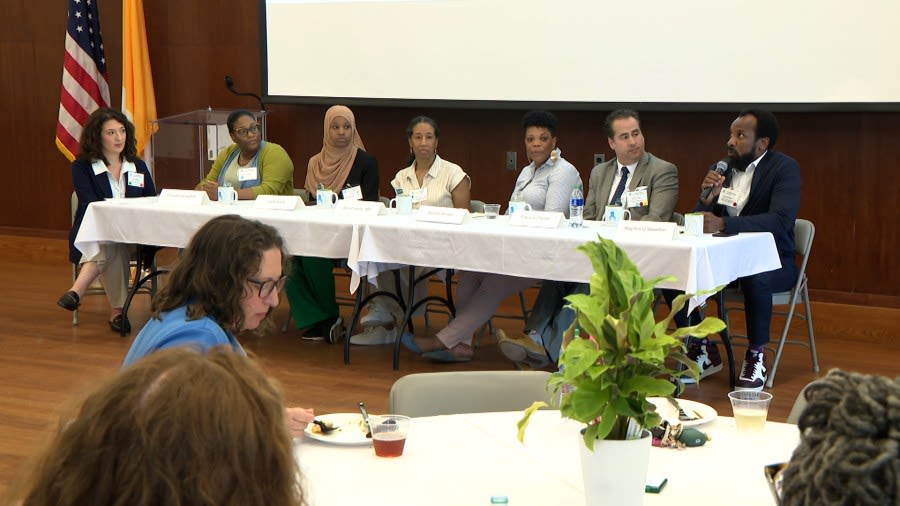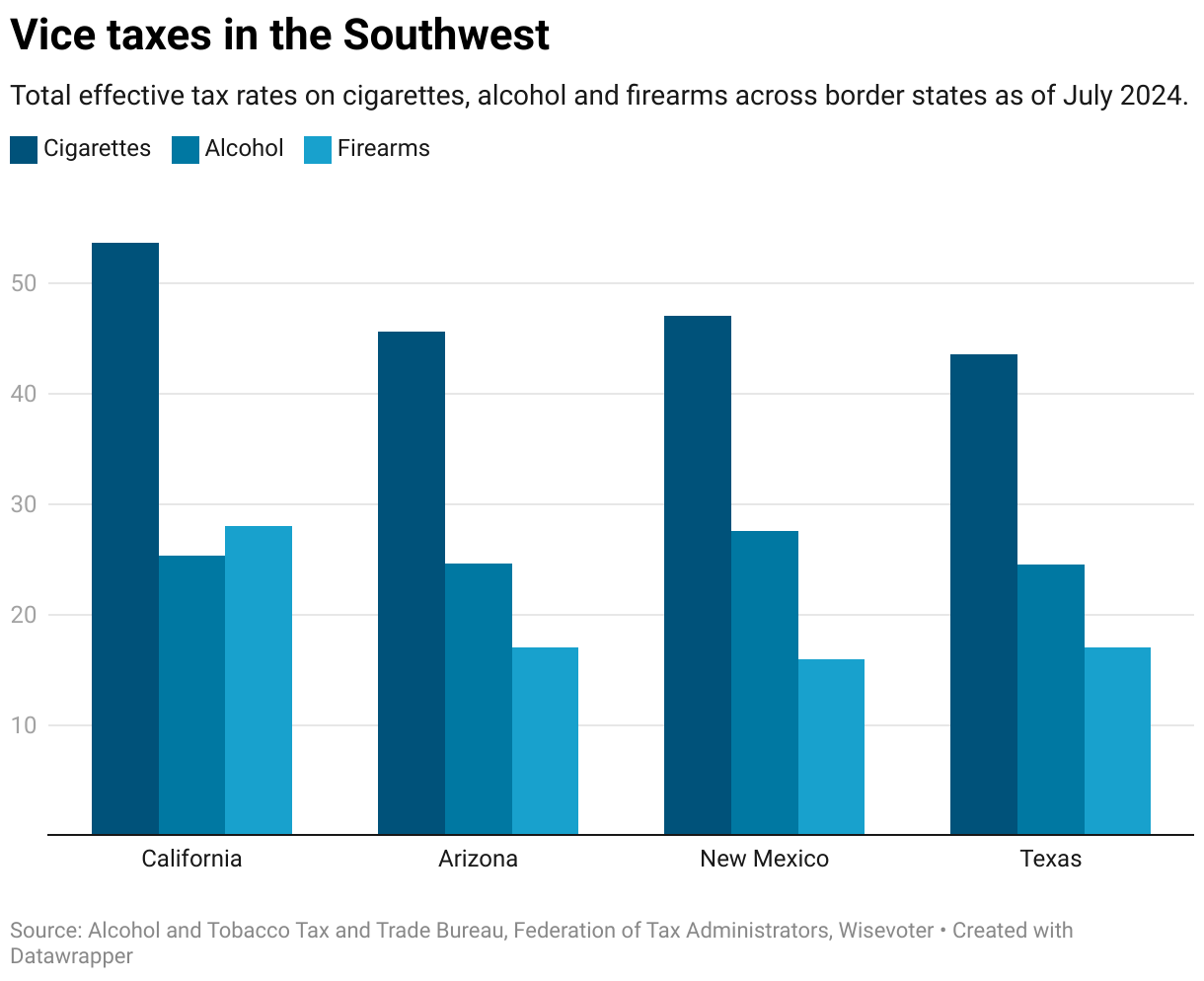Search results
- DictionaryVi·o·lence/ˈvī(ə)ləns/
noun
- 1. behavior involving physical force intended to hurt, damage, or kill someone or something.
People also ask
What does violence mean?
What is the difference between violence and aggression?
What does Violencia mean?
What type of damage is caused by violence?
Learn the various meanings and uses of the word violence, from physical force to vehement feeling. See synonyms, examples, word history, and related phrases of violence.
News about Baltimore, California, Richmond
News about domestic violence, Sean Combs, Teller County
Also in the news
Learn the meaning of violence as actions or words that are intended to hurt people or extreme force. See examples of violence in different contexts and languages.
Violence is the use of physical force to cause harm to people, non-human animals, or property, such as pain, injury, death, damage, or destruction. Some definitions are somewhat broader, such as the World Health Organization's definition of violence as "the intentional use of physical force or power, threatened or actual, against oneself, another person, or against a group or community, which ...
- Overview
- Types of violence
- Causes of violence
- Effects of violence
- Prevention of violence
- GeneratedCaptionsTabForHeroSec
violence, an act of physical force that causes or is intended to cause harm. The damage inflicted by violence may be physical, psychological, or both. Violence may be distinguished from aggression, a more general type of hostile behaviour that may be physical, verbal, or passive in nature.
Violence is a relatively common type of human behaviour that occurs throughout the world. People of any age may be violent, although older adolescents and young adults are most likely to engage in violent behaviour. Violence has a number of negative effects on those who witness or experience it, and children are especially susceptible to its harm. Fortunately, various programs have been successful at preventing and reducing violence.
Violence can be categorized in a number of ways. Violent crimes are typically divided into four main categories, based on the nature of the behaviour: homicide (the killing of one human being by another, sometimes for legally justifiable reasons), assault (physically attacking another person with the intent to cause harm), robbery (forcibly taking something from another person), and rape (forcible sexual intercourse with another person). Other forms of violence overlap with these categories, such as child sexual abuse (engaging in sexual acts with a child) and domestic violence (violent behaviour between relatives, usually spouses).
Violence can also be categorized according to its motivation. Reactive, or emotional, violence typically involves the expression of anger—a hostile desire to hurt someone—that arises in response to a perceived provocation. Proactive, or instrumental, violence is more calculated and is often performed in anticipation of some reward. The American psychologist Kenneth Dodge found that those two types of violence involve distinct physiological states: a person engaging in reactive violence experiences increased autonomic nervous system arousal (i.e., increased heart rate and breathing, sweating), whereas a person committing an act of proactive aggression experiences low autonomic arousal.
One point that all researchers seem to agree on is that violence is multicausal, meaning that no single factor is responsible for violent behaviour. Instead, violence results from a combination of factors, including those originating in the violent person’s social or cultural environment and those representing immediate situational forces. Researchers have examined multiple factors within a person that may contribute to violence, including genetic predisposition, neurochemical abnormalities (e.g., high testosterone levels), personality characteristics (e.g., lack of empathy for others), information-processing deficits (e.g., the tendency to view others’ actions as hostile), and the experience of abuse or neglect as a child.
Exclusive academic rate for students! Save 67% on Britannica Premium.
Regardless of its cause, violence has a negative impact on those who experience or witness it. Violence can cause physical injury as well as psychological harm. Several psychological disorders, including post-traumatic stress disorder, dissociative identity disorder, and borderline personality disorder, are associated with experiencing or witnessing violence. Other psychological symptoms, such as depression, anxiety, and mood swings (see bipolar disorder), are common in victims of violence.
Children seem to be particularly susceptible to the negative effects of violence. Those who experience or witness violence may develop a variety of problems, including anxiety, depression, insecurity, anger, poor anger management, poor social skills, pathological lying, manipulative behaviour, impulsiveness, and lack of empathy. As such examples show, some children may respond to violence in “internalizing” ways, such as by developing feelings of insecurity, anxiety, and depression, whereas others may react in “externalizing” ways, such as by feeling angry and behaving in an antisocial manner. Although some of the effects of violence may manifest themselves during childhood, others may not appear until adulthood. For example, abused girls are more likely than nonabused girls to have substance-abuse problems as adults.
Because the tendency to behave violently develops during childhood, most prevention programs target young people. Many such programs are school-based, although some involve the family or the community. The most-successful violence-prevention programs are those that target all children, not just those who are considered to be at risk for violence. In addition, the most success has been found in school-based programs with committed and involved teachers and programs that include parent training.
A variety of programs have been developed to reduce or prevent violence in individuals who have already shown a tendency toward violence. For example, a number of prison-based programs attempt to reduce the likelihood of reoffending among violent and nonviolent criminals. Such programs often involve a variety of components. Violent offenders may receive training to improve parenting and other relationship skills. A mental-health component, such as substance abuse treatment, may be included. Job training is another common component of prison-based prevention programs. Occasionally, drugs such as antidepressants, beta blockers, or benzodiazepines may be used in addition to other methods. Overall, the most-successful programs for preventing violence are those that effect behavioural changes.
Violence is an act of physical force that causes or is intended to cause harm. Learn about the different types, causes, and effects of violence, as well as the prevention programs and solutions from Britannica.
Violence is the noun form of violent, meaning intended to hurt or kill somebody. Learn how to use violence in different contexts, such as crime, war, family, and media, with pictures and pronunciation.
Violence definition: swift and intense force. See examples of VIOLENCE used in a sentence.
Violence is behaviour intended to hurt or kill someone, or extreme force and energy, especially of something causing damage. Learn more about the meaning, usage and translations of violence with examples and a translator tool.






